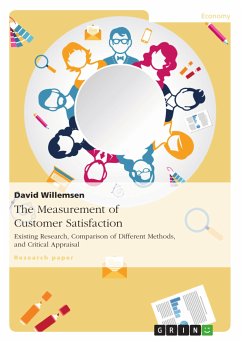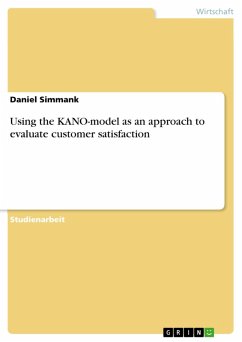Diploma Thesis from the year 2010 in the subject Business economics - Offline Marketing and Online Marketing, grade: 1,7, University of Augsburg, language: English, abstract: The aim of this paper is to illustrate common situations within the context of complaint management and to provide solution concepts with focus on management decisions and actions. Therefore, we refer to a dynamic approach by applying so-called patterns, using System Dynamic (SD) in order to provide managers with a better understanding for common situations. Our target is to demonstrate how to build up an understanding for long-term or side effects that yet do not experience the necessary attention. In this case, we describe the situation itself, explain how responsible managers usually react (and why) and identify corresponding patterns. The reason why we decided to use patterns for this special purpose are the advantages that come along with their application. One the one hand, patterns enable us to identify existing mental models and decision structures. Thus, this knowledge makes it possible to develop actions that can be used to fasten and improve decision-making. On the other hand, we are able to analyze risks and failure options. This helps us to devise actions that ensure the sustainability of decisions. Looking at the decisions complaint managers have to make everyday it seems obvious that we need to find a way that shows us how to improve decision-making. Considering the bounded rationality of humans, the target is to show ways that consider not only first thoughts but also the side or long-term effects of actions. By this, there is a certain focus on effects people are kind of "unable" to think of at once, such as multiple feedback loops. The approach illustrated in this paper is completely new. Though the design of complaint management has been topic of several research actions and focus of papers, nobody applied dynamic patterns particularly to this context until now. Current and past research often focused on what went wrong and how you could improve, but that kind of approach does not meet the needs of managers who want to know and understand why the decision they made eventually turned out to fail. The application of known patterns shall help to build a comprehensive understanding for the decision-making in the context of complaint management.
Dieser Download kann aus rechtlichen Gründen nur mit Rechnungsadresse in A, B, BG, CY, CZ, D, DK, EW, E, FIN, F, GR, HR, H, IRL, I, LT, L, LR, M, NL, PL, P, R, S, SLO, SK ausgeliefert werden.









